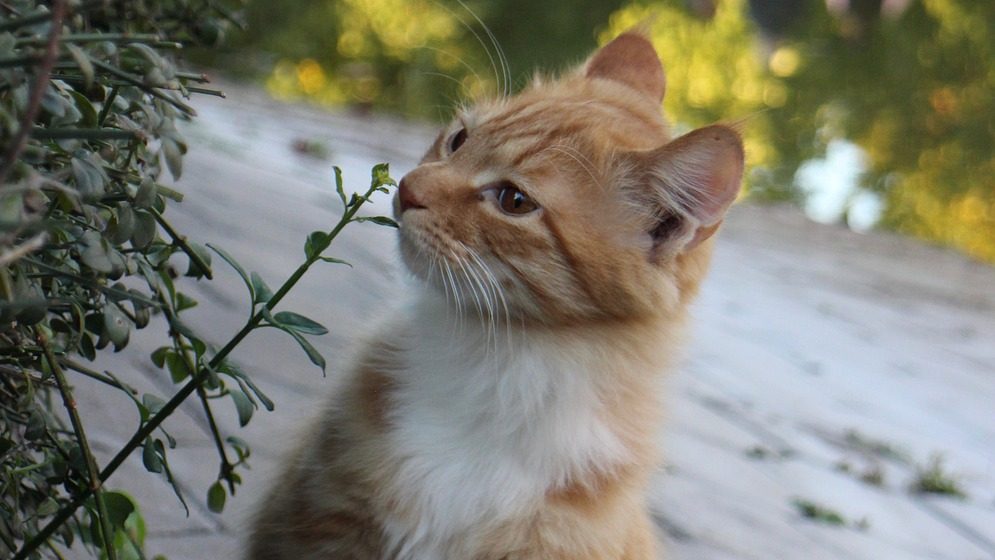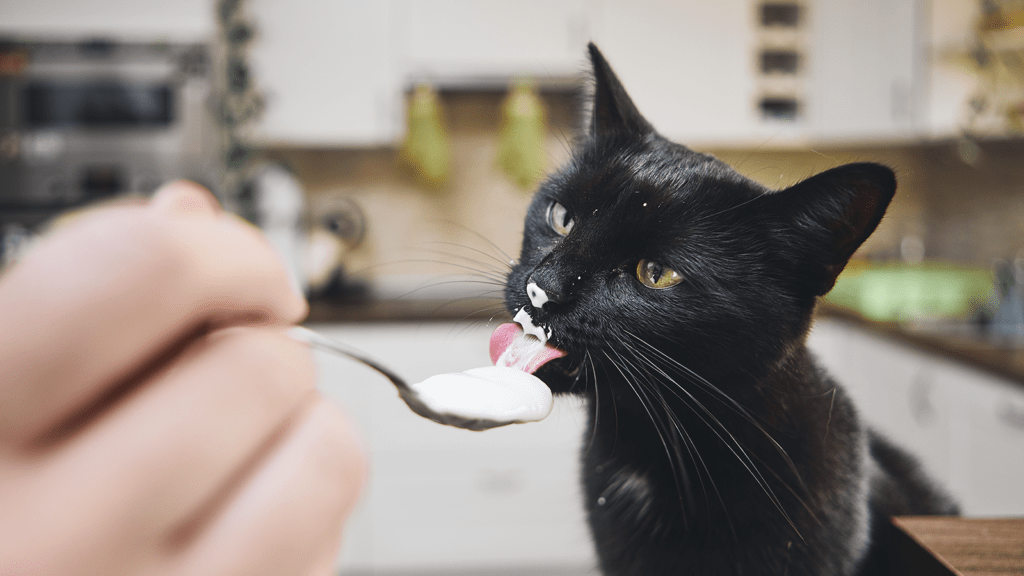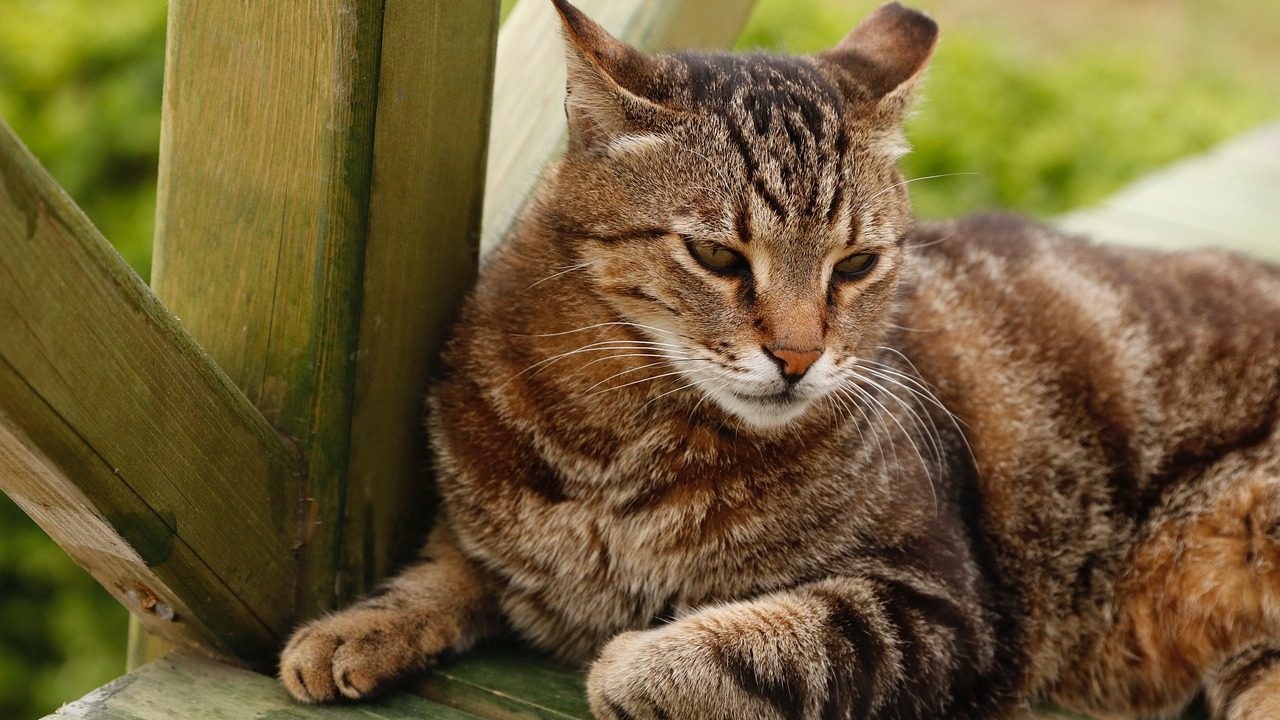
How To Prevent An Outdoor Cat From Getting Fleas
Fleas and worms can be a big problem for cats, but fortunately, there are ways to prevent and treat them. Flea bites can cause your cat to itch and scratch, and they can also transmit diseases and cause tapeworms. Here are some great ways to prevent fleas for outdoor cats.
Keeping Your Cat’s Environment And Outdoor Space Clean
Keep your cat’s bedding, shelter, and sleeping areas clean from outdoor dirt and grime to prevent a flea infestation. You can also trim back overgrown grass or low-hanging tree branches where fleas may frequent. See below for additional natural remedies and sprays that kill fleas.
For indoor cats, fleas like to live in dirty areas, so frequent vacuuming and emptying the vacuum container after each use will help to reduce the chances of them getting these parasites.
Use A Good Quality Natural Flea Collar
A good quality flea collar can help to prevent fleas from getting on your cat while it roams. Natural or organic flea collars and remedies are preferred, although sometimes they aren’t as powerful. Removing the fleas quickly and killing the flea eggs and larvae from the cat should be the top priority in most cases.
Be sure to read the instructions carefully for any flea treatment so you know how to use them correctly.
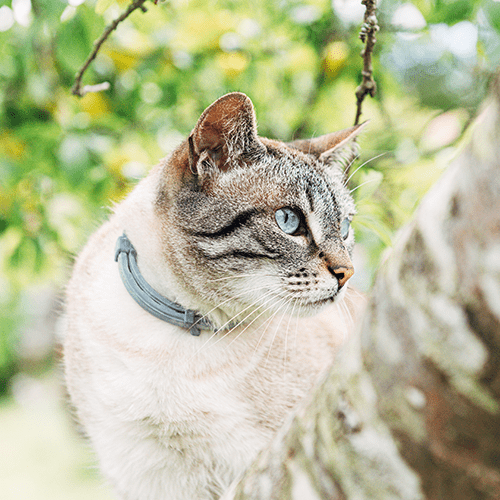
Start A Flea Treatment Regiment
There are many good quality flea treatments available that can help to get rid of any parasites on your cat. Most of them require a reapplication every 30 days, so you’ll need to plan a flea control regiment. Many flea medications require a veterinarian prescription, so be sure to ask your veterinarian for advice on which one is best for your cat.
For feral or stray cat use, there are chewables and pills that can help give your outdoor cats some immediate relief from fleas. Capaction flea pills begin working in 30 minutes, and you can also supplement your outdoor flea prevention regimen with a chewable immune-boosting treat for your cats, specifically designed for fleas and ticks.
Be sure to follow the instructions carefully so you use the proper dose.
Deworm And Monitor
Deworming your cat and managing their flea treatment on a regular basis can help prevent them from getting worms again. Worm medication is available online and without a prescription. Most medications are placed in the cat’s water over a 2-week period.
Use A Flea Shampoo (Usually For Indoor Cats)
A good quality flea shampoo like Burt’s Bees for Cats can help to get rid of any flea larvae and flea eggs on your cat in the event of a severe infestation. Most cats don’t like taking a bath, so good luck! You can usually avoid the bath and flea shampoos unless the cat is overrun by fleas.
Clean Everything!
Once you’ve cleaned the cat with a flea bath or thorough flea combing, wash everything else. Wash the cat’s bedding, blankets, and couch. Vacuum the house and do any laundry that’s been lying around. Your best bet is to treat and wash everything all at once. Otherwise, the fleas could remain.
What Are Fleas And Worms?
Fleas are tiny, parasitic insects that can bite your cat and cause them to itch. Fleas will cause worms, so if fleas are left untreated, tapeworms will likely follow. Worms are small, parasitic organisms that can live in your cat’s stomach and intestine.
There are many different types of worms, some of which can cause serious health problems in cats. Prevention is the best option, so it’s important to establish a flea and worm treatment for outdoor cats.
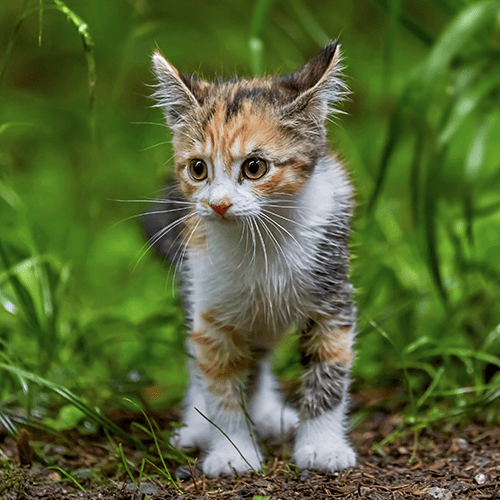
How To Identify Fleas And Worms In Cats
There are a few signs that your cat may have fleas or worms. If your cat does have fleas or worms, here are a few things you may notice.
Fleas
If you see small, black insects crawling on your cat’s skin, then they may have fleas. Adult fleas can also be identified by their characteristic jumping movement.
You will likely either spot a single flea on your cat or find flea dirt on their bedding. If you see a flea on your cat, grab a flea comb and try to comb them out.
Flea dirt is actually the feces of the flea, and it appears as small, black specks on your cat’s fur, bedding, or sleeping areas. To confirm that these specks are indeed flea dirt, try wetting them with a few drops of water. If the specks turn a reddish color, then you know you’re dealing with fleas.
Tapeworms
Tapeworms are little, white parasites that can be seen in your cat’s feces or around its backside. They look like grains of white rice. If you see tapeworms, it’s best to take them to the vet immediately so they can be treated. There are over-the-counter natural deworming medications that you can add to the cat’s food/water that works well.
Other Worms
Other types of worms can be identified by their appearance. Roundworms are small, white, and cylindrical in shape. Hookworms are small and thin, with hook-like mouths. If you find any signs of these worms, contact your Veterinarian immediately for a check-up.
Cat Scratching
If your cat is scratching and itching a lot, it may have fleas or worms. Worms can also cause your cat to lose weight and have a poor coat. Some worms or fleas may also cause a skin rash and be visible on the cat, such as flea allergy dermatitis.
If you notice any excessive behaviors, symptoms, or signs, please contact your vet for further diagnosis.
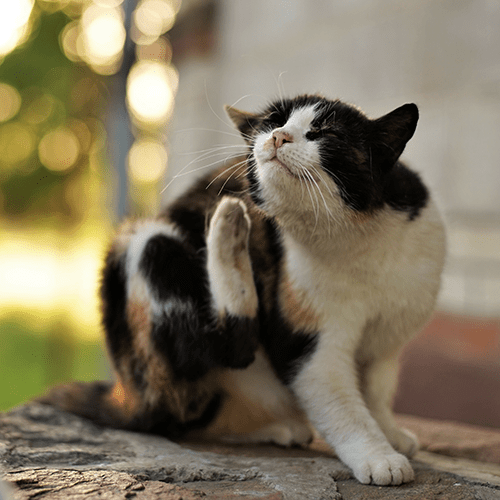
Feces and litter box
If you see any unusual feces in your cat’s litter box, it may be a sign that they have worms. Worms can cause your cat to have diarrhea or constipation. You may also see white, rice-like worms in their feces. If you see any of these signs, please bring your cat to the vet for a check-up.
Natural Flea Treatment For Outdoor Cats
There are a number of safe, effective, and natural treatments and home remedies available for flea prevention. Environmental control is an essential step in preventing flea infestations. If you can control your cat’s habitat, you’ll have a better chance of keeping fleas away throughout the entire flea life cycle.
Here are some of the best flea treatments that can help keep your outdoor and indoor cats flea-free.
Apple Cider Vinegar Spray
Apple cider vinegar is a natural treatment that can be used to get rid of fleas. Spray it thoroughly around your cat’s space.
Lemon Water
Lemon is a natural product that can be used to spray the area. It’s harmless to cats and will make your space smell lemony fresh. Which fleas hate!
Diatomaceous Earth
Diatomaceous earth is a natural product that can be used to kill fleas. It is a powder made from the fossilized remains of diatoms, a type of algae. While it sometimes makes a mess, it works well and is harmless to other animals.
Rosemary Grind
Grind up and sprinkle rosemary around the cat’s space. Fleas hate the smell, and it will help keep them away.
Cedar Chips Or Pinewood Sawdust
Sprinkle it thoroughly around your cat’s space. You can also mix cedar chips or pinewood sawdust into your outdoor garden mulch and landscaping.
Conclusion
Fleas and worms are common problems for cats, but they can be easily treated and prevented with the right steps. The best defense is a good offense, and flea medication and environmental cleaning are proven approaches.
If you support a feral cat foster program, having a cat free of fleas can help improve the foster and adoptions for the cat. Always treat fleas before bringing an outdoor cat inside. Flea collars are a quick and easy way to prevent cat fleas from getting comfortable.
Check out our Best Cat Products Online for additional recommendations on products that can make your and your cat’s life easier!


